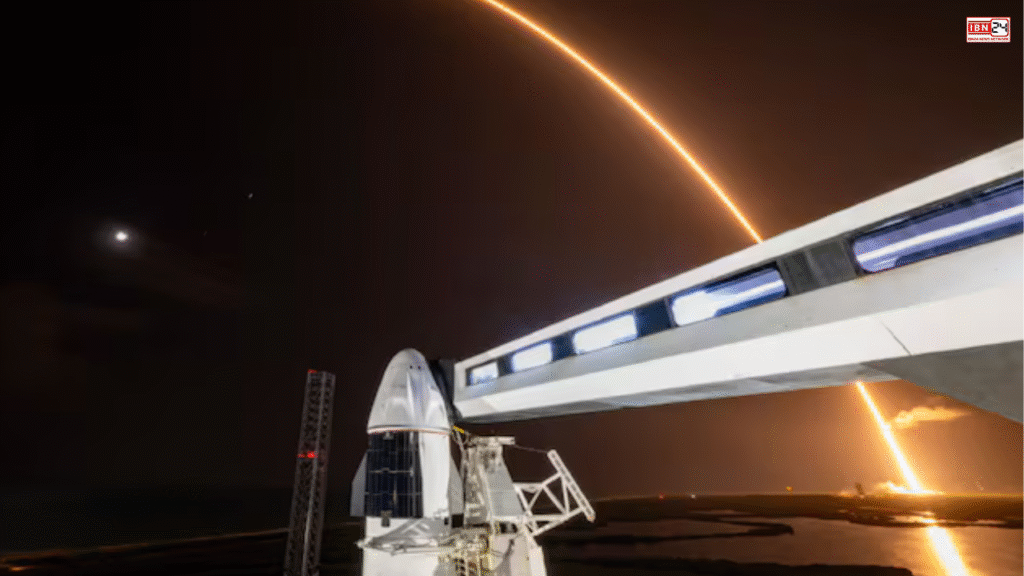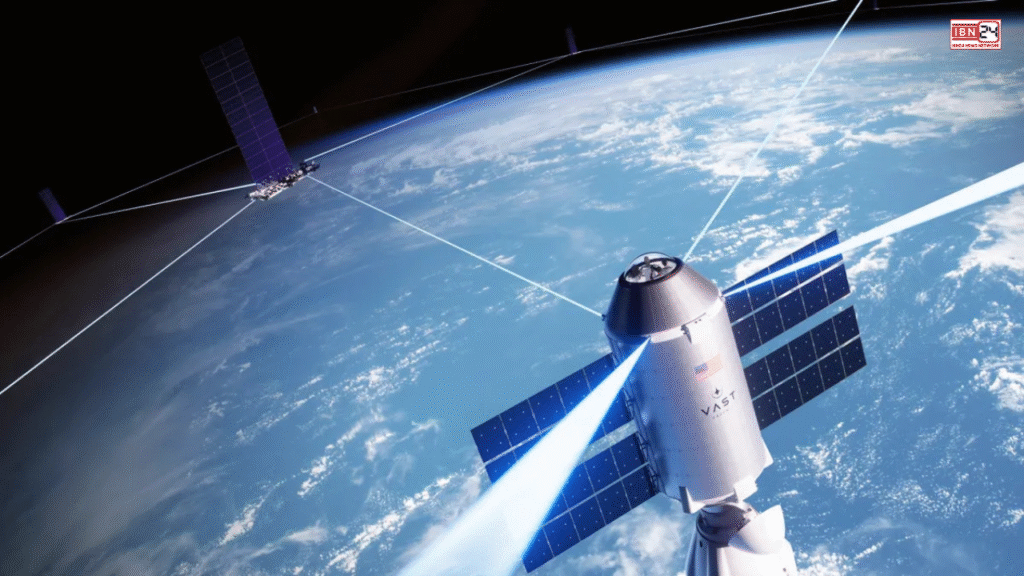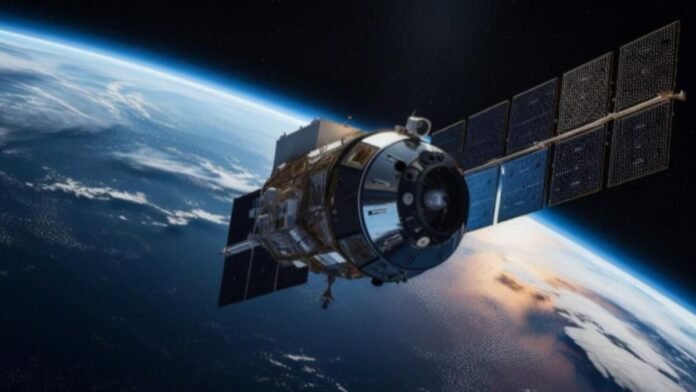Starlink Gets Government Nod to Launch: Satellite-Based Broadband Services
In a major step towards transforming digital access in remote parts of India, Elon Musk’s satellite internet venture Starlink has officially received a license from the Department of Telecommunications (DoT) to launch its satellite-based broadband services in the country. The long-awaited approval allows Starlink to operate alongside other satellite service providers like Reliance Jio’s JioSpaceFiber and OneWeb, opening a new era for high-speed internet in previously unconnected regions.
Subscribe to IBN24 NEWS NETWORK’s Facebook channel today for real-time updates!
Channel Link: https://www.facebook.com/ibn24newsnetwork
What Makes Starlink Unique?
Starlink, developed by Musk’s aerospace firm SpaceX, offers internet connectivity through a constellation of low-Earth orbit satellites (LEOs) rather than traditional fibre cables or mobile towers. These satellites, operating at altitudes between 500 to 2,000 km, deliver internet directly to compact dish antennas installed at homes or institutions.
With over 6,000 satellites already in orbit, and plans to grow to 42,000 by 2027, Starlink aims to deliver internet speeds ranging from 50 to 250 Mbps, making it ideal for rural, tribal, and geographically challenging regions. The only requirement is a clear view of the sky.
Why India Needs Starlink
Despite efforts like BharatNet, connectivity in hilly terrains, border areas, islands, and forest zones remains patchy. Areas like Ladakh, Arunachal Pradesh, Jammu & Kashmir, and the Andaman & Nicobar Islands still struggle with slow or no internet due to the high costs and complexity of deploying fibre or towers.
A senior DoT official called Starlink a “last-mile connectivity solution,” particularly valuable for border surveillance, emergency response, e-learning, telemedicine, and digital governance. Its ability to function independently of ground infrastructure makes it a crucial resource during natural disasters or in conflict-prone zones where conventional networks fail.
Government Support and Subsidies
Starlink becomes the third satellite internet provider to be licensed in India and is expected to receive trial spectrum within 15-20 days of application, officials said. The government is reportedly considering subsidised connections through public-private partnerships to make Starlink affordable in low-income rural communities.
“Affordable access is key,” said a DoT source, hinting at upcoming policy initiatives to ensure broader availability in underserved zones.
Real Impact on Rural India
Starlink’s high-speed internet can unlock essential services like:
- Online education for children in Himalayan and tribal villages
- Telemedicine for remote healthcare
- E-banking and digital governance
- Access to real-time government schemes and updates
Analysts note that Starlink will not directly compete with urban fibre or 5G markets in cities like Delhi, Mumbai, Bengaluru, or Hyderabad, where traditional broadband is fast and cheaper. Its real value lies in villages, border posts, and isolated areas where existing providers don’t reach.
Who Will Benefit First?

The initial rollout is expected to target:
- Government departments in rural and strategic areas
- Healthcare and education institutions
- Defence and disaster management agencies
- Residential users in remote locations (in later phases)
Cost Expectations
While Starlink hasn’t officially announced Indian pricing yet, global rates suggest a possible monthly cost of ₹8,000–₹10,000, with the hardware kit (dish + router) priced around ₹50,000–₹60,000. However, sources say India-specific pricing will likely be lower due to affordability concerns and local competition. Subsidised models could further bring costs down in rural areas.
Privacy, Data Rules, and Security
As a US-based company, Starlink must comply with India’s data localisation laws, which require user data to be stored on domestic servers. The government has emphasized that data privacy and national security are non-negotiable.
Starlink previously attempted to offer pre-orders in India in 2021 but had to pause due to a lack of regulatory clearance. Now, with all approvals in place and after high-level talks between Musk and Prime Minister Narendra Modi, the project is finally on track for a full-fledged launch in 2025.
The Road Ahead

Starlink’s India launch is poised to revolutionize rural connectivity, bridging digital gaps that traditional infrastructure has long failed to address. As the country moves toward a more inclusive Digital India, satellite broadband could become the backbone of a truly connected Bharat.
For instant news updates, subscribe to the IBN24 NEWS NETWORK YouTube channel
Channel link: https://youtube.com/@IBN24NewsNetwork?si=ofbILODmUt20-zC3
Read Also This article : Nothing Phone 3 and Headphone 1 Launching: Premium Tech With a Transparent Twist
